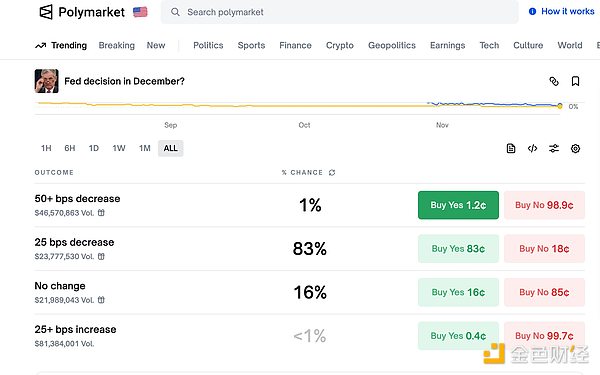Bitcoin bounces back to $87,500 under 'fragile' market structure: analysts
Quick Take Bitcoin has recovered to around $87,500 in what analysts described as a “post-flush bounce.” The market structure remains fragile, and bitcoin is expected to consolidate within a tight range of $85,000 to $90,000, analysts said.

Bitcoin is showing signs of recovery from the decline that triggered mass liquidations and sell-offs earlier this week.
According to The Block's bitcoin price page , the world's largest cryptocurrency is trading at $87,645, up 1.8% in the past 24 hours. On Friday, bitcoin had fallen to around $81,000.
Other cryptocurrencies have also rebounded. Ether is up 0.5% to $2,834, XRP is up 2.65% to $2.09, and Solana gained 2.5% to $133. The entire crypto market is up 1% in the past 24 hours.
Analysts characterized the price recovery as an immediate rebound from the lows seen earlier this week, but noted that the move lacks sustainable momentum.
"[BTC's current price] reads like a post-flush bounce: liquidity pockets shallow, flow fragmented, and bids probing for stability all while long-horizon holders are accumulating," said Vincent Liu, CIO at Kronos Research. "Expect consolidation with tight ranges around 85–90K, as liquidity is shallow and stops are being picked off."
Traders are still apprehensive. The Crypto Fear & Greed Index is at 13, up slightly from 11 earlier this week but still in the "extreme fear" zone.
"BTC is consolidating after its deepest correction of the cycle," said Rachael Lucas, crypto analyst at BTC Markets. "It's holding above $86K, which is constructive short term, but the structure remains fragile."
Lucas noted that a sustained claim above $88,000 would confirm a bottoming process for bitcoin. Meanwhile, a failure to do so would risk the cryptocurrency falling to $80,000.
The BTC Markets analyst said short-term traders remain cautious and flow-driven, closely watching funding rates and liquidation levels for signs of stability. Long-term traders remain confident in bitcoin's structural demand and network fundamentals, Lucas said.
"For institutions, it's a rotation phase rather than an exit; ETF outflows reflect risk management, not abandonment," Lucas said. "The big picture still favors crypto as an asset class, but near-term volatility is the trade."
Disclaimer: The content of this article solely reflects the author's opinion and does not represent the platform in any capacity. This article is not intended to serve as a reference for making investment decisions.
You may also like
Wall Street's "most optimistic bull" JPMorgan: Driven by the AI supercycle, the S&P 500 Index is expected to break through 8,000 points by 2026
The core driving force behind this optimistic outlook is the AI supercycle and the resilient US economy.

The most profitable application in the crypto world starts to slack off
Why is pump.fun being questioned for "rug pulling"?

Interpretation of the Five Winning Projects from Solana's Latest x402 Hackathon
The Solana x402 hackathon showcased cutting-edge applications such as AI autonomous payments, model trading, and the Internet of Things economy, indicating a new direction for on-chain business models.

The crypto market takes a breather as Bitcoin rebounds to $91,000—can it continue?

